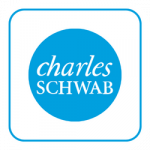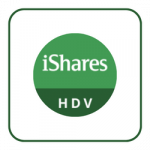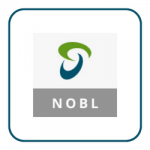This content represents the writer’s opinions and research and is not intended to be taken as financial advice. The information presented is general in nature and may not meet the specific needs of any individual or entity. It is not intended to be relied upon as a professional or financial decision-making tool.
Schwab U.S. Dividend Equity ETF (SCHD) is an exchange-traded fund (ETF), which is an alternative investment instrument to mutual funds. It is a liquid asset class, allowing investors to trade its shares like buying or selling a usual stock at the market. Like many other ETFs, it is a pool of various company stocks, offering a more diversified and transparent investment opportunity. It can be considered a more attractive alternative to comparable mutual funds, both from the liquidity and cost perspective. Instead of cherry-picking individual companies within one or across several industries, buying or selling shares in such funds provides investors exposure to pre-constructed portfolios. Meanwhile, the general portfolio risk is substantially reduced through a more diversified approach and the costs related to such trades are also much lower, if compared to buying or selling all or even part of the individual stock titles included in the fund.
Traded under the ticker SCHD, this ETF tracks the return of the Dow Jones US Dividend 100 index while being managed passively. This means that SCHD is merely tracking the performance of the above-mentioned index, without attempting to actively outperform it. As the fund’s name suggests, this ETF is focusing on US-based companies, holding stocks that offer high dividends, compared to their peers. Here the long-term quality and sustainability of the dividend payments count. For reaching this goal, SCHD is exposed to almost all major industries such as information technology, financials, consumer staples (its top 3 sectors as of January 2023, making over 55% of the ETF’s current holdings), industrials, energy, communication services, utilities, etc.
A notable advantage that the majority of ETFs, including the Schwab US Dividend Equity ETF has, is their low expense ratio. For SCHD it sits at 0.06%, meaning that the annual cost related to your investment in this ETF is calculated on the basis of your ownership of its shares. This fee is used by Charles Schwab Asset Management to cover its operating expenses. If compared to the fees charged by other ETFs, the offered expense ratio is way lower than the rest of the ETF universe has to offer. Usually, the other ETFs charge somewhere between 0.25% to 0.5%, so the SCHD’s expense ratio is well below the industry average. At the same time, the ETF is paying an attractive annual dividend yield of 3.14% as of year-end (without adjustment for inflation and taxes).
Currently, the volume of the assets under management by SCHD exceeds the amount of USD 46 billion, which includes all of its cash, stock, and other financial holdings. This makes it a relatively large fund in the ETF universe. According to Morningstar, as a respected data provider in this industry, the Schwab US Dividend Equity ETF holds the highest possible 5-star rating as of now, making it a very reliable and valuable fund for investors, interested in earning a good dividend income.
Table of Contents
Characteristics, Performance Analysis and Expectations
Generally, the ETFs are traded similarly to company stocks, based on their price per share which is called net asset value or NAV in the case of ETFs. It is calculated by deducting the given ETF’s total liabilities from its total assets, which will result in the total net assets (TNA) of the fund. Then the TNA should be divided by the number of outstanding shares to show the current NAV at the opening or closing of the market each day. As of now, SCHD’s TNA amounts to USD 45.9 billion distributed through its 103 holdings (companies), whereas the number of outstanding shares is 595.85 million pieces and NAV is USD 77.03.
The ETF started the year 2023 positively with a +2.52% year-to-date (YTD) return. Indeed, it’s driven by the overall market rebound following the previous year-end drop and is based on some positive expectations of an inflationary slow-down. Provided that the key benchmark indexes like S&P500 and Dow Jones Industrial Average (DJIA) have been moving in the same direction and within a similar range of 1.8-2.2%, SCHD’s above-mentioned performance can clearly be linked to the described market trend.
It’s important to emphasize that the dividend ETFs are not targeting short-term capital appreciation or NAV growth, provided that the companies paying stable and good dividends are mostly well-established and largely capitalized enterprises with solid business models enabling stable growth perspectives. Additionally, dividend pay-outs are usually assuming a reduction of the respective stock price and hence the ETF’s aggregated NAV, in order to adjust for the additional income received by the investors.
In fact, if we try to compare Schwab U.S. Dividend Equity ETF since its inception back in 2011 with the performance of the S&P500 or DJIA for the same time period, we’ll witness much lower levels of volatility in SCHD’s NAV than in those key market indexes. The most recent evidence of this can be shown by comparing the last year’s performances of SCHD and the S&P500. The annual results were negative for both, however with a huge 3-fold difference: SCHD lost merely a -6.5% of its TNA, whereas the market value of the leading US index declined by nearly -19.5%.
Based on SCHD’s past performance and its above-mentioned characteristics, our forecast of this ETF for 2023 would be that it will continue to remain less volatile compared to the rest of the broader market. Currently, the markets are extremely sensitive to the news on inflation and related national bank decisions related to interest rates. However, such decisions have a more limited impact on SCHD and similar dividend ETFs, as we saw earlier. Additionally, we think that the inflation will stay with us for longer, however, it’s expected to slow down in 2023, which would be positive news for the ETFs and the rest of the markets indeed.
How to Buy in Schwab U.S. Dividend Equity ETF?
If you are based in the US, you can open a brokerage account with Charles Schwab and start investing in their product range, including the Schwab US Dividend Equity ETF. The majority of the online brokerage platforms operating in the US are only meant for their residents, so unfortunately they won’t accept clients or investors from other countries.
Therefore, if you live in another part of the world, depending on the financial regulations of your home country, you would need to check with your bank or the online brokerage you may already be using (eToro, Degiero, or Interactive Brokers), to be able to trade SCHD ETF.
Before investing in SCHD, you should first check if the current allocation across industries and companies are matching with your investment goals. It’s also worth reminding yourself that you shouldn’t expect quick short-term gains while investing in this or similar dividend-focused ETFs, so your strategic horizon should rather be 5 years or longer.
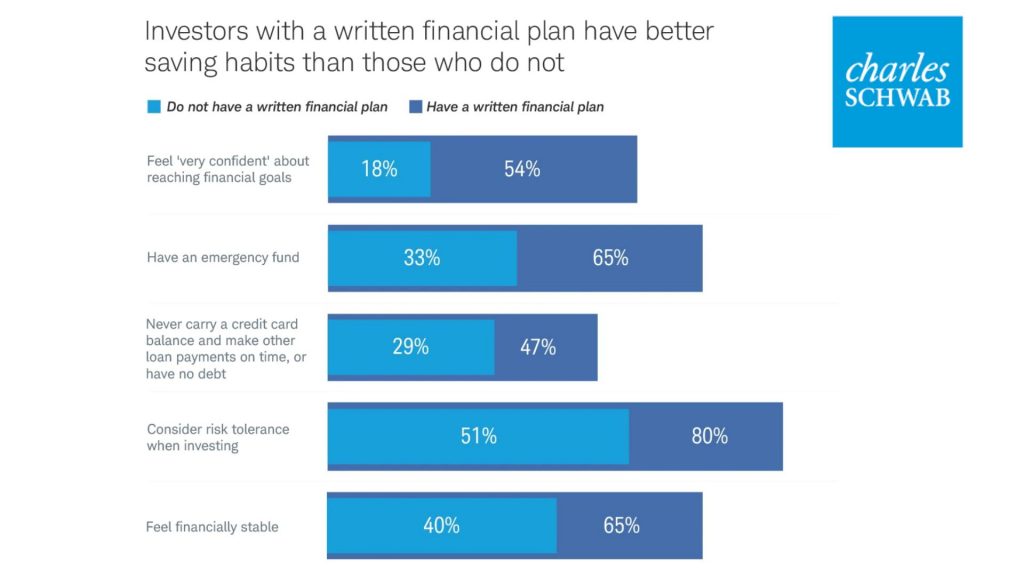
How to Buy in Schwab U.S. Dividend Equity ETF (SCHD)
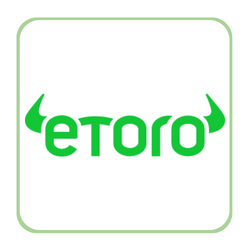
eToro is an excellent choice for those looking to invest in Schwab U.S. Dividend Equity ETF (SCHD) stocks. As one of the leading online brokers, eToro has a solid reputation and offers a wide range of options for both beginners and professional traders. In this mini guide, we will walk you through the process of opening an account on eToro and investing in SCHD stocks.
Step 1: Open your Personal Account
To get started, you’ll need to open an account with eToro. Visit their homepage and click on the “Sign Up” button, usually located in the top right corner. You will then be redirected to the registration page, where you need to provide your personal information, such as your name, email address, and phone number. After completing the form, click “Create Account” to proceed. You will receive a verification email to confirm your registration.
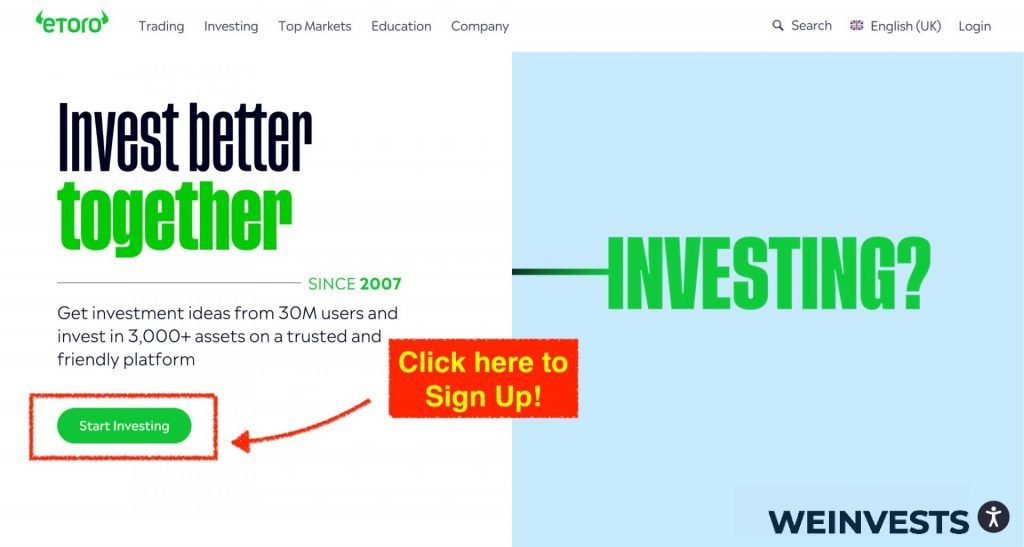
Step 2: Upload ID
After registering, eToro requires you to verify your identity by uploading proof of identification, such as a valid passport or driver’s license. To do this, log in to your eToro account and navigate to the verification section.
You can find instructions and the necessary forms on their website. Make sure your document is clear and legible, as this will speed up the verification process.
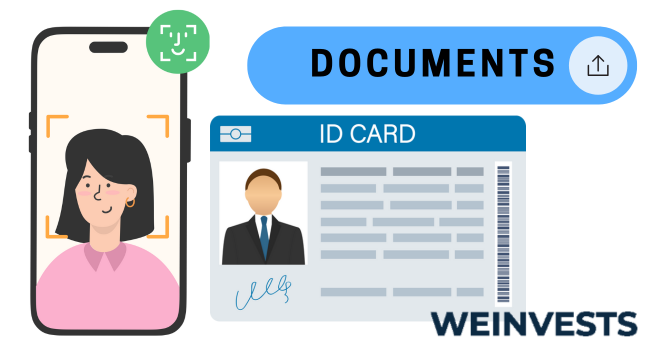
Step 3: Make a Deposit
Before you can start trading, you’ll need to fund your account. To do this, log in to your eToro account and look for the “Deposit Funds” button, typically located in the left sidebar or at the top of the screen.
Choose your preferred deposit method and follow the instructions to add funds to your account. eToro offers a variety of deposit options, including credit/debit cards, bank transfers, and e-wallets.
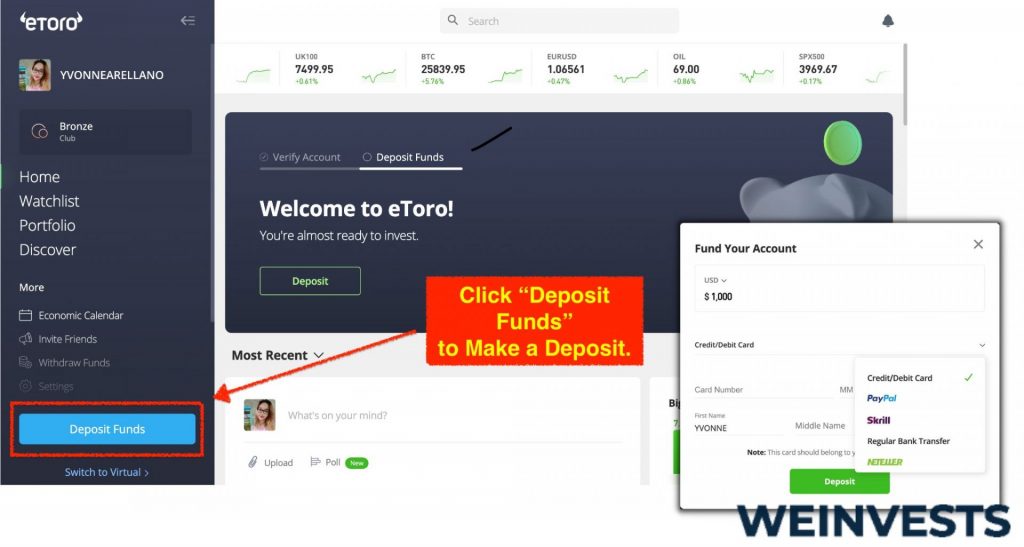
Step 4: Search for SCHD
Once your account is funded, you can search for the Schwab U.S. Dividend Equity ETF (SCHD) on the eToro platform. To do this, use the search bar located at the top of the screen and type in “SCHD” or “Schwab U.S. Dividend Equity ETF.” The platform will display the relevant results, and you can click on the SCHD ticker to view more information about the ETF.
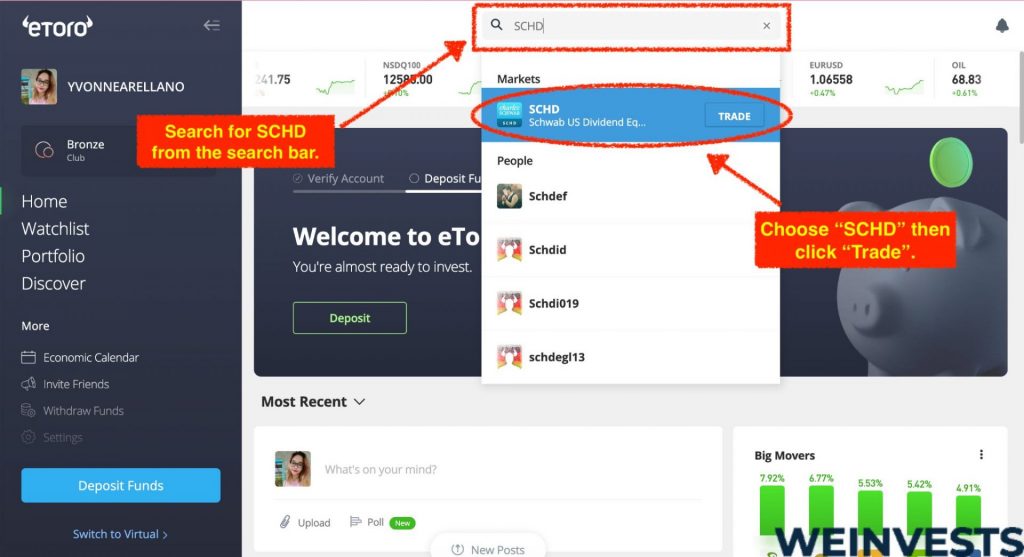
Step 5: Buy/Sell Schwab U.S. Dividend Equity ETF (SCHD)
After finding the SCHD ETF, you can now invest in it. On the SCHD page, you will see a “Trade” button. Click on it to open a new order window. Here, you can choose the amount you wish to invest, set a stop loss or take profit levels, and select your preferred leverage. Review your order carefully, and when you’re ready, click “Open Trade” to execute the transaction. Congratulations, you have now invested in the Schwab U.S. Dividend Equity ETF (SCHD) through eToro!
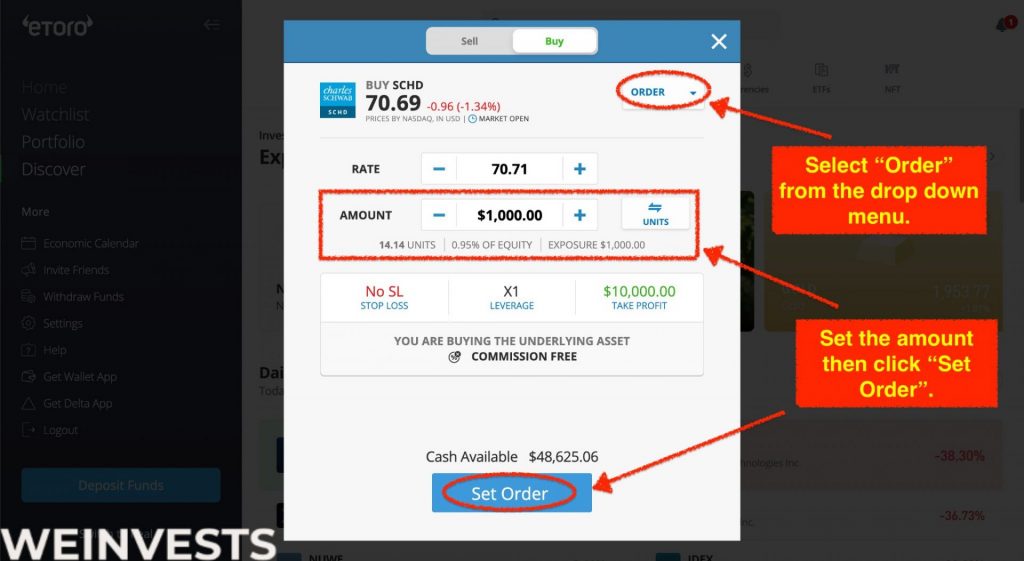
Risks associated with SCHD
Market Risk
The market risk is the overall risk related to multiple factors driving the financial markets, which may negatively affect your investment. Among such factors are the interest rates, sharp NAV decline (caused by an excess supply or sharp decline in demand for the ETF or its major holdings), inflationary pressures or foreign exchange fluctuations, as well as adverse economic and geopolitical events which may have a negative impact on the financial markets.
Since the Schwab US Dividend Equity ETF is mainly holding shares of large companies it is affected by their stock price movements, as well as any changes in their dividend policies or actual pay-outs. Negative news related to companies that the SCHD holds, such as missed targets of quarterly earnings, revision of announced financial estimates, lawsuits, etc. will certainly impact the ETF’s NAV negatively.
Hence, prior to undertaking any investment, it is recommended to do your own research for understanding the market-related risks, as well as other risks described below, which may have an adverse impact on your investments.
Credit Risk
Credit risk is usually associated with the risk of the counterparty failing to pay its obligations. Usually, stocks and ETFs have relatively low or no credit risk, as this risk class is more typical for fixed-income or derivative investments, where a counterparty is involved which may potentially fail to fulfill its financial liabilities.
In the case of SCHD, you would be invested in a basket of stocks of multiple large enterprises, which provides for further diversification. Nevertheless, it is important to look closer into the ETF’s holdings for understanding whether there are any exposures to fixed-income instruments that SCHD holds as liquidity or hedging buffers. If positive, then there is a portion of credit risk involved and it must be considered prior to your investment decision.
Liquidity Risk
Generally, under liquidity risk, we should understand any circumstances which may create obstacles for fast and complete cash-out of your investments once you decided to do so. Liquidity risk related to large company stocks or sizable ETFs like SCHD is very low, provided that they have high and regular trading volumes.
The numbers are the best proof of this, as the Schwab US Dividend Equity ETF’s daily trading volume currently exceeds USD 200 million, whereas its average daily trading volume was USD 250 million for the last 3 months. Furthermore, some of the data providers such as FactSet or etf.com consider SCHD to be a highly liquid investment.
Valuation Risk
Valuation risk is associated with possible inaccuracies in financial instruments’ pricing. In the case of stocks or ETFs, this kind of risk is quite low given they are primarily traded through stock exchanges, where the price is determined by the actual supply and demand relationship for any given moment in time. Nevertheless, there are still some internal or external events, which can impact the given ETF’s NAV, depending on its underlying holdings. However, specifically in the case of SCHD, the valuation risk is relatively low.
Conclusion
Schwab US Dividend Equity ETF is an exchange-traded fund that tracks the Dow Jones US Dividend 100 index benchmark. This ETF’s management style is passive, it has a low expense ratio and is meant for long-term investors, looking for dividend income rather than capital appreciation. Although like with any other investment, there are various risks involved, SCHD is considered to be highly liquid and holds a high ranking within the ETF universe. Nevertheless, given the probability of events that may negatively impact the financial markets, causing a partial or complete loss of the capital you may intend to invest in SCHD, your investment decisions must be well thought through.
FAQs
What is Schwab U.S. Dividend Equity ETF?
It is a large exchange-traded fund, investing in nearly 100 different stocks of mostly large companies, which are paying relatively high dividends for a long-term horizon and in a sustainable manner.
Why is the expense ratio of SCHD so low?
In general, Schwab Asset Management is famous for its low-fee philosophy. It is able to offer its investors such favourable pricing partially because of the passive management or index tracking of many of its ETF products. Thus, the company is minimizing its potential costs related to active management operations.
WeInvests is a financial portal-based research agency. We do our utmost best to offer reliable and unbiased information about crypto, finance, trading and stocks. However, we do not offer financial advice and users should always carry out their own research.
Read More




